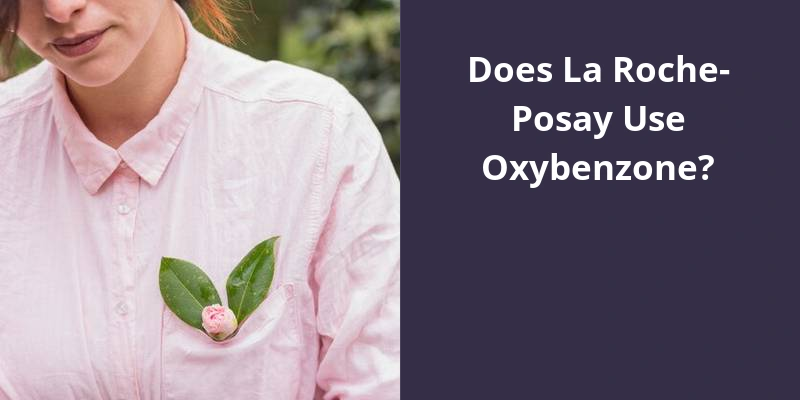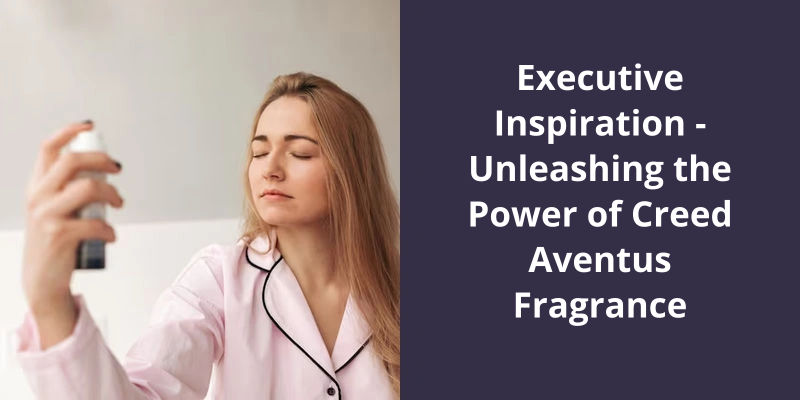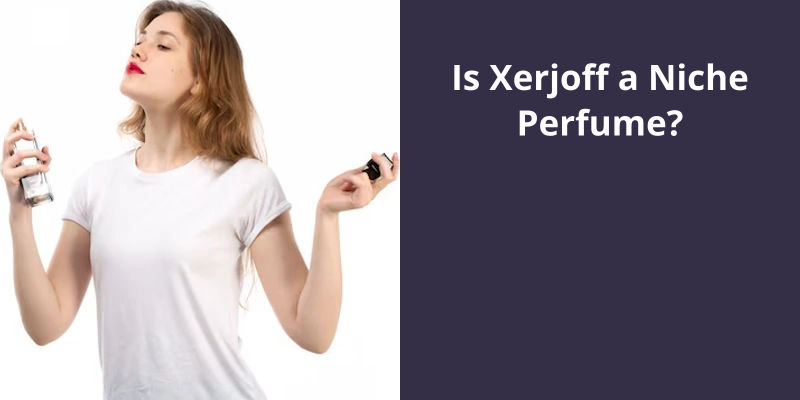La Roche-Posay, renowned skincare brand, does not use Oxybenzone in its products. Oxybenzone, often found in many sunscreens, is avoided by La Roche-Posay due to potential health concerns. Instead, the brand utilizes other sun-filtering ingredients that are safe for both the environment and skin, solidifying its commitment to producing high-quality, safe skincare products for consumers.

Does La Roche-Posay Use Chemicals?
La Roche-Posay, a well-known skincare brand, offers a range of products that cater to various skin concerns. However, does La Roche-Posay use chemicals in their formulations? The answer is yes, as many skincare products contain some form of chemicals. However, it’s important to note that not all chemicals are harmful or unsafe for use.
One particular concern for some individuals is the presence of oxybenzone in skincare products. However, La Roche-Posays range of broad-spectrum UVA and UVB sunscreens doesn’t include oxybenzone. Instead, they utilize other sunscreen ingredients like avobenzone and octocrylene.
While avobenzone and octocrylene are found in some of La Roche-Posays sunscreens, it’s worth noting that there’s ongoing research to determine the safety of these chemicals. Currently, there’s no hard evidence that deems them harmful or unsafe for use. It’s always recommended to follow the instructions provided for each product and conduct personal research if you’ve specific concerns or sensitivities to certain ingredients.
It’s important to remember that skincare formulations often contain a combination of various ingredients, including chemicals, to achieve the desired effects. If you’ve any concerns or questions about the ingredients used, it’s advisable to consult with a dermatologist or skincare professional for personalized guidance and recommendations.
Common Chemicals Used in Skincare Products and Their Effects on the Skin
Skincare products often contain various chemicals, including oxybenzone, which is a common ingredient found in sunscreens and some other skincare formulas. Oxybenzone helps protect the skin from harmful UV rays by absorbing and converting them into less harmful energy. However, some studies have raised concerns about it’s potential effects on the skin and overall health.
It’s been suggested that oxybenzone may cause skin irritation or allergic reactions in certain individuals, particularly those with sensitive skin. Additionally, there have been claims that it can disrupt hormone function and potentially contribute to hormonal imbalances. However, further research is needed to fully understand the extent of these effects.
La Roche-Posay, a well-known skincare brand, offers a diverse range of products. It’s important to note that different formulations may contain different ingredients, and it’s always recommended to review the product labels or consult with a dermatologist to determine if they contain oxybenzone or any other chemicals that you may be concerned about.
If you prefer to avoid oxybenzone or any specific chemicals, you can explore alternative skincare options that use different UV filters or natural ingredients. Many brands offer oxybenzone-free products, so you’ve a variety of choices that can suit your skincare needs and preferences.
However, it’s important to note that oxybenzone has been the subject of some controversy due to potential health and environmental concerns. Studies have shown that oxybenzone can disrupt hormone function and may be linked to certain health issues. On the other hand, avobenzone has been considered as a safer alternative to oxybenzone in sunscreen formulations.
Which Is Worse Avobenzone or Oxybenzone?
Oxybenzone and avobenzone are two common ingredients found in sunscreens. While both are used to protect the skin from the harmful effects of the sun, there’s a significant difference between the two when it comes to their safety and efficacy.
Oxybenzone is a commonly used UV filter that absorbs UVA and UVB rays. It’s been deemed safe for use by regulatory authorities, including the FDA. Oxybenzone is considered effective in providing sun protection and is commonly found in many sunscreens on the market.
On the other hand, avobenzone is a more unstable compound that’s prone to degradation when exposed to sunlight. When avobenzone breaks down, it can produce harmful free radicals, which can potentially damage the skin. This instability makes avobenzone less reliable as a sunscreen ingredient and raises concerns about it’s safety.
Due to it’s instability, avobenzone is often used in combination with other UV filters, such as octocrylene, to enhance it’s stability and efficacy. This combination helps to mitigate the degradation issues associated with avobenzone and provides a more reliable sun protection option.
The Benefits and Risks of Using Sunscreens
Sunscreens are designed to protect the skin from the harmful effects of the sun’s ultraviolet (UV) radiation. They work by either absorbing or reflecting the UV rays, preventing them from causing damage to the skin.
One of the most common active ingredients found in sunscreens is called oxybenzone. It’s a chemical compound that effectively absorbs UV rays. However, there’s been some concern about the potential risks associated with oxybenzone.
Some studies suggest that oxybenzone may have hormone-disrupting properties and could be harmful to coral reefs and marine life when washed off in the ocean. These concerns have led to the ban or restriction of oxybenzone in certain areas.
La Roche-Posay is a skincare brand that offers a range of sunscreens. While it doesn’t specifically mention the use of oxybenzone in it’s products, it’s important to read the ingredient list or contact the brand directly to determine if their sunscreens contain this particular chemical.
If you’re concerned about the potential risks of using sunscreens with oxybenzone, there are alternative options available. Look for sunscreens that use physical blockers like zinc oxide or titanium dioxide, as these ingredients are considered safer and more environmentally friendly.
Ultimately, the decision to use sunscreens with oxybenzone or opt for oxybenzone-free alternatives is a personal one. It’s essential to weigh the perceived benefits of sun protection against the potential risks involved.
Source: What’s the Difference Between Oxybenzone and Avobenzone
La Roche-Posay has exciting news to share as the U.S. Food and Drug Administration (FDA) officially approves Anthelios SX sunscreen, formulated with Mexoryl SX (ecamsule).
Is La Roche-Posay Sunscreen FDA Approved?
La Roche-Posay sunscreen Anthelios SX with Mexoryl SX (ecamsule) has received FDA approval, which indicates that it meets the necessary safety and efficacy standards set by the regulatory authority. The approval confirms the sunscreens ability to provide effective protection against harmful UV radiation, further establishing La Roche-Posay as a trusted brand in the skincare industry.
Mexoryl SX (ecamsule) is a key ingredient in Anthelios SX sunscreen. It’s known for it’s superior UVA protection and photostability, ensuring that it remains effective under sun exposure. The formula also incorporates other active ingredients, such as titanium dioxide and avobenzone, to provide broad-spectrum protection against both UVA and UVB rays.
The regulatory authority rigorously evaluates sunscreen formulations to ensure their adherence to stringent standards, including assessing their stability, efficacy, and safety for consumer use.
It signifies that the product has undergone thorough testing and is proven to meet the necessary requirements for effective sun protection. This endorsement further solidifies La Roche-Posays reputation as a brand that prioritizes skincare safety and efficacy.
Consumers can rely on La Roche-Posay to provide them with high-quality sun protection that’s been vetted and approved by regulatory authorities.
On a concerning note, recent reports have shed light on the presence of benzene in certain sunscreens, including those from popular brands such as Neutrogena, Aveeno, Elta MD, Banana Boat, Sun Bum, and La Roche-Posay. However, it’s important to note that not all products from these brands have been found to be contaminated. It’s therefore crucial to investigate each product individually to determine it’s safety. This article aims to provide an overview of the situation surrounding La Roche-Posay sunscreen and it’s potential benzene contamination.
Does La Roche Posay Sunscreen Have Benzene in It?
La Roche-Posay, a well-known skincare brand, has gained a reputation for producing high-quality sunscreens. However, concerns have been raised about the presence of benzene in their products. It’s important to note that not all La Roche-Posay sunscreens contain benzene. Like other popular brands such as Neutrogena, Aveeno, Elta MD, Banana Boat, and Sun Bum, some of their products were found to be contaminated with benzene, while others were not.
Benzene is a known carcinogen that can have harmful effects on human health. It isn’t typically an ingredient intentionally added to skincare products but can be a byproduct of certain manufacturing processes. The presence of benzene in sunscreens is a serious concern for consumers because these products are meant to protect the skin from sun damage and not pose potential health risks.
To address this issue, La Roche-Posay and other affected brands have taken steps to remove contaminated products from the market and investigate the source of benzene contamination. They’ve also implemented stricter quality control measures to ensure the safety and integrity of their future products.
It’s crucial for consumers to read labels and check for any recalls or warnings issued by regulatory authorities to make informed decisions about the sunscreens they use.
Ultimately, it’s advisable to consult with a dermatologist or trusted healthcare professional for personalized advice on choosing a sunscreen that suits your skin type and preferences.
How Benzene Contamination Can Occur in Skincare Products
- Benzene contamination in skincare products
- Sources of benzene in skincare products
- Possible health risks associated with benzene exposure
- Regulations and standards for benzene limits in skincare products
- Testing methods to detect benzene in skincare products
- Prevention and mitigation strategies for benzene contamination
- Consumer tips for avoiding benzene in skincare products
- Reporting and recall procedures for contaminated skincare products
- Lawsuits and settlements related to benzene contamination in skincare products
- Case studies and incidents of benzene contamination in skincare products
- Public awareness campaigns and education programs on benzene hazards in skincare products
- Industry initiatives and efforts to ensure benzene-free skincare products
Conclusion
Not only have they ensured that all new formulations are free of this potentially harmful chemical, but they’ve also taken steps to reformulate their existing range of sunscreens to meet the same Oxybenzone-free standard.





